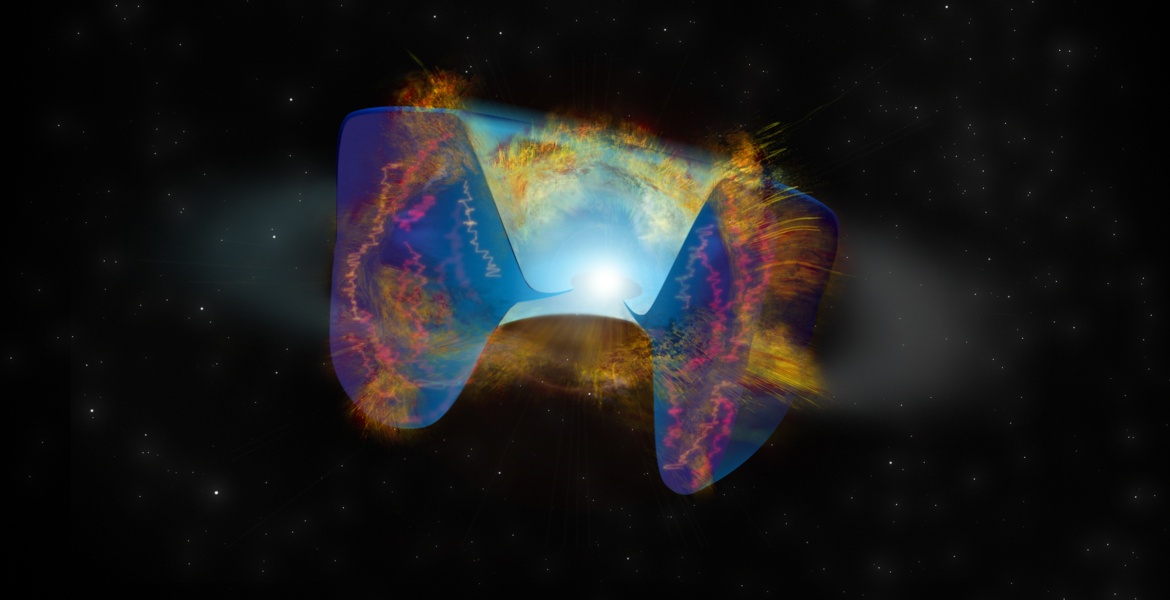
Neutron Stars With Less Mass Than A White Dwarf Might Exist, and LIGO and Virgo Could Find Them
Most of the neutron stars we know of have a mass between 1.4 and 2.0 Suns. The upper limit makes sense, since, beyond about two solar masses, a neutron star would collapse to become a black hole. The lower limit also makes sense given the mass of white dwarfs. While neutron stars defy gravitational collapse thanks to the pressure between neutrons, white dwarfs defy gravity thanks to electron pressure. As first discovered by Subrahmanyan Chandrasekhar in 1930, white dwarfs can only support themselves up to what is now known as the Chandrasekhar Limit, or 1.4 solar masses. So it’s easy to assume that a neutron star must have at least that much mass. Otherwise, collapse would stop at a white dwarf. But that isn’t necessarily true.
It is true that under simple hydrostatic collapse, anything under 1.4 solar masses would remain a white dwarf. But larger stars don’t simply run out of fuel and collapse. They undergo cataclysmic explosions as a supernova. If such an explosion were to squeeze the central core rapidly, you might have a core of neutron matter with less than 1.4 solar masses. The question is whether it could be stable as a small neutron star. That depends on how neutron matter holds together, which is described by its equation of state.
Neutron star matter is governed by the Tolman–Oppenheimer–Volkoff, which is a complex relativistic equation based on certain assumed parameters. Using the best data we currently have, the TOV equation of state puts an upper mass limit for a neutron star at 2.17 solar masses and a lower mass limit around 1.1 solar masses. If you tweak the parameters to the most extreme values allowed by observation, the lower limit can drop to 0.4 solar masses. If we can observe low-mass neutron stars, it would further constrain the TOV parameters and improve our understanding of neutron stars. This is the focus of a new study on the arXiv.

















/cdn.vox-cdn.com/uploads/chorus_asset/file/16294981/akrales_190522_3440_0067.jpg)


